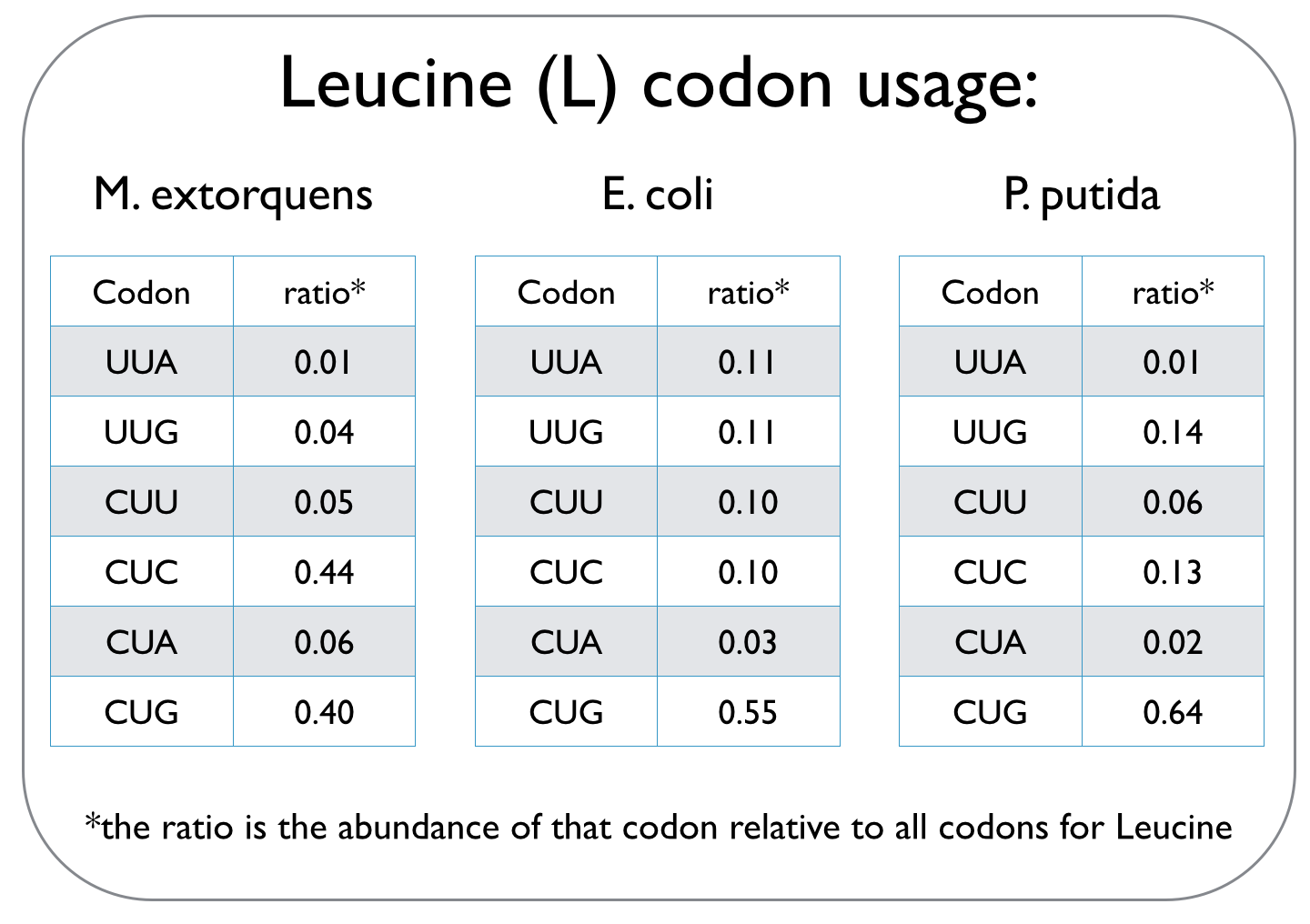Team:Oxford/codon optimisation
From 2014.igem.org
(Difference between revisions)
Olivervince (Talk | contribs) |
|||
| Line 481: | Line 481: | ||
<a href="https://2014.igem.org/Team:Oxford/bioremediation"> | <a href="https://2014.igem.org/Team:Oxford/bioremediation"> | ||
| - | <img src="https://static.igem.org/mediawiki/2014/1/11/Oxford_bioremediation_title.png" style="float:left;position:relative; width: | + | <img src="https://static.igem.org/mediawiki/2014/1/11/Oxford_bioremediation_title.png" style="float:left;position:relative;width:50%; margin-top:2%;margin-left:25%;margin-right:25%;" /></a> |
| - | <br><br><br> | + | |
| + | |||
| + | <br><br><br> | ||
| + | Oxford iGEM 2014 | ||
</div> | </div> | ||
</div> | </div> | ||
Revision as of 13:01, 29 September 2014
#list li { list-style-image: url("https://static.igem.org/mediawiki/2014/6/6f/OxigemTick.png"); } }



























 "
"























